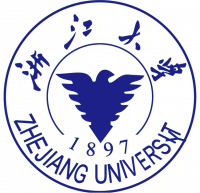Engineering transketolase to accept both unnatural donor and acceptor substrates and produce α‐hydroxyketones
2019
期刊
The FEBS Journal
作者
Haoran Yu
· Roberto Icken Hernández López
· David Steadman
· Daniel Méndez‐Sánchez
· Sally Higson
· Armando Cázares‐Körner
· Tom D. Sheppard
· John M. Ward
· Helen C. Hailes
· Paul A. Dalby
下载全文
- 卷 287
- 期 9
- 页码 1758-1776
- Wiley
- ISSN: 1742-464X
- DOI: 10.1111/febs.15108
